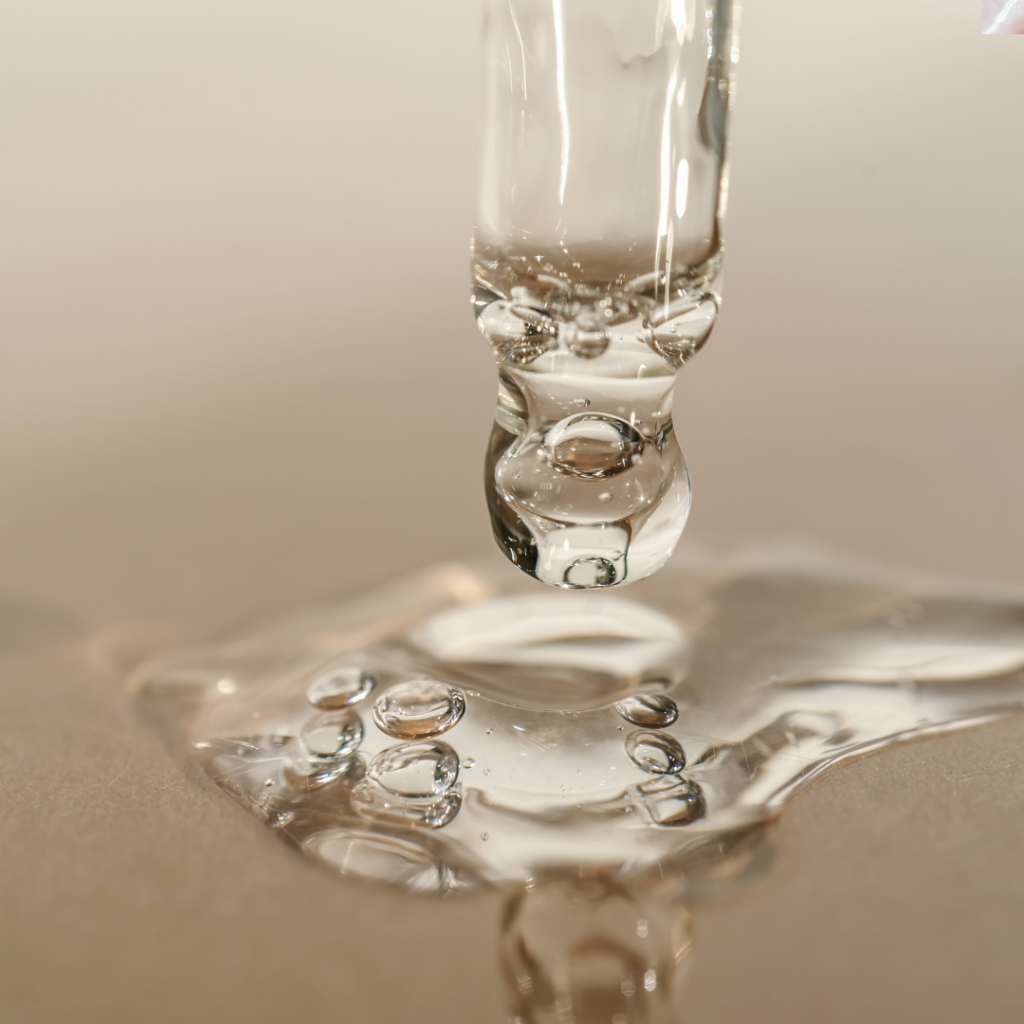SCROLL TO BEGIN
Confessions of a skincare junkie
Clean beauty
The Power of Chemical Exfoliation: A Deep Dive into AHAs, BHAs, and Enzymes

Welcome back to our exfoliation series! Last time, we explored the wonders of physical exfoliation. Today, we’re diving into the world of chemical exfoliation—an essential skincare step that can transform your complexion without the need for scrubbing.
What is Chemical Exfoliation?
Chemical exfoliation involves using acids or enzymes to dissolve the bonds between dead skin cells, allowing them to be easily removed. This process can provide a more even and thorough exfoliation compared to physical methods, and it can be gentler on the skin when used correctly.
Types of Chemical Exfoliants
Alpha Hydroxy Acids (AHAs)
AHAs are water-soluble acids derived from fruits, milk, and sugar. They work primarily on the surface of the skin, making them ideal for addressing issues like dullness, uneven texture, and fine lines.
+Glycolic Acid: Derived from sugar cane, glycolic acid is the smallest AHA molecule, allowing it to penetrate deeply and effectively. It’s great for improving texture and brightness.
+Lactic Acid: Sourced from milk, lactic acid is gentler than glycolic acid and is excellent for hydrating and exfoliating dry or sensitive skin.
+Malic Acid: Found in apples and pears, malic acid is a larger molecule, making it milder and suitable for sensitive skin. It helps improve skin texture and hydration.
+Citric Acid: Found in citrus fruits, citric acid helps brighten the skin and can aid in reducing the appearance of dark spots.
+Mandelic Acid: Derived from bitter almonds, mandelic acid has larger molecules, making it less irritating. It’s great for treating acne and hyperpigmentation.
+Tartaric Acid: Sourced from grapes, tartaric acid helps improve skin texture and has antioxidant properties.
Beta Hydroxy Acids (BHAs)
BHAs are oil-soluble acids that can penetrate deeper into the pores, making them effective for oily and acne-prone skin.
+Salicylic Acid: The most common BHA, salicylic acid exfoliates inside the pores to help clear out congestion and prevent breakouts. It also has anti-inflammatory properties, making it great for soothing acne-prone skin.
Enzymes
Enzyme exfoliants are derived from fruits and work by breaking down the proteins in dead skin cells, making them easier to remove. They are typically gentler than acids and can be a good option for sensitive skin.
+Papain: Derived from papaya, papain is a gentle exfoliant that helps brighten and smooth the skin.
+Bromelain: Extracted from pineapple, bromelain has anti-inflammatory and exfoliating properties, making it suitable for sensitive or irritated skin.
How Chemical Exfoliants Work
Chemical exfoliants dissolve the bonds that hold dead skin cells together, allowing them to be sloughed off more easily. This process promotes cell turnover, revealing fresher, younger-looking skin underneath. By removing the buildup of dead cells, chemical exfoliants also help improve the absorption and effectiveness of other skincare products.
Who Should Use Chemical Exfoliants?
Chemical exfoliants can benefit a wide range of skin types and concerns. Here’s a guide to help you determine which type might be best for you:
Ideal Candidates for AHAs
+Dry Skin: AHAs, particularly lactic acid, can provide much-needed hydration while exfoliating.
+Dull or Uneven Skin: Glycolic, malic, citric, and tartaric acids are excellent for brightening and evening out skin tone.
+Aging Skin: AHAs can help reduce the appearance of fine lines and improve overall skin texture. Mandelic acid is particularly good for treating hyperpigmentation and acne.
Ideal Candidates for BHAs
+Oily Skin: BHAs like salicylic acid penetrate deep into the pores to clear out excess oil and prevent breakouts.
+Acne-Prone Skin: The anti-inflammatory properties of salicylic acid can help calm and clear acne.
+Clogged Pores: BHAs are particularly effective at decongesting pores and preventing blackheads and whiteheads.
Ideal Candidates for Enzymes
+Sensitive Skin: Enzymes like papain and bromelain provide a gentler exfoliation, making them suitable for sensitive or easily irritated skin.
+Mild Exfoliation Needs: If your skin requires a mild exfoliation without the intensity of acids, enzymes are a great choice.
How to Use Chemical Exfoliants
+Patch Test: Always start with a patch test to ensure you don’t have an adverse reaction.
+Start Slowly: Introduce chemical exfoliants gradually into your routine, starting with once or twice a week.
+Follow Instructions: Use the product as directed. Overuse can lead to irritation.
+Moisturize: After exfoliating, apply a good moisturizer to keep your skin hydrated and protected.
+Sun Protection: Chemical exfoliants can make your skin more sensitive to the sun, so always use sunscreen during the day.
Embrace the Glow
Chemical exfoliation can be a game-changer in your skincare routine, offering a deeper, more even exfoliation without the need for scrubbing. By incorporating AHAs, BHAs, or enzymes tailored to your skin type, you can achieve a smoother, brighter, and more radiant complexion.
Stay tuned for the next post in our exfoliation series, where we’ll explore how to choose the right exfoliant for your skin type and how to incorporate it into your routine. Until then, happy exfoliating!
BE THE FIRST TO COMMENT